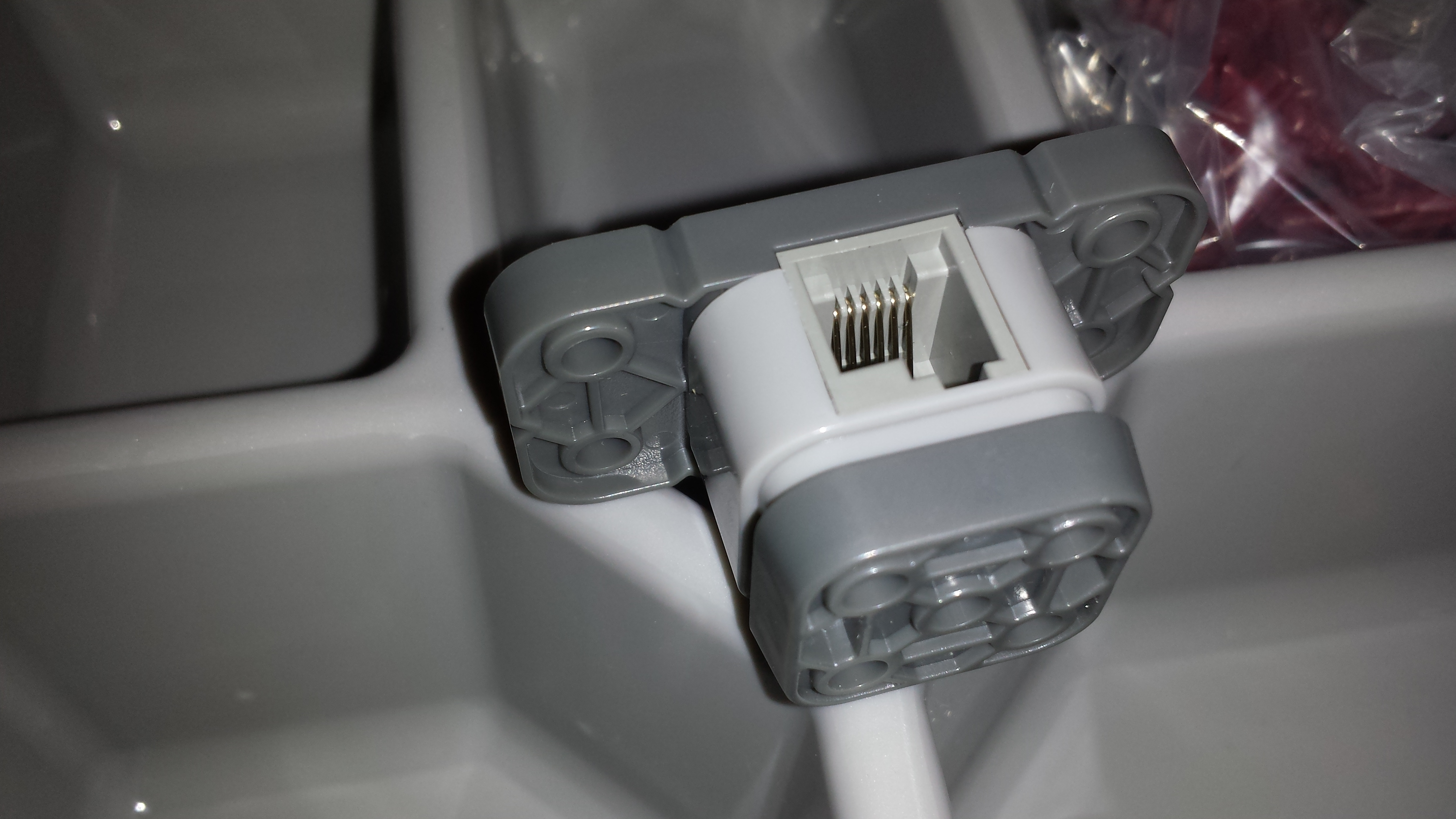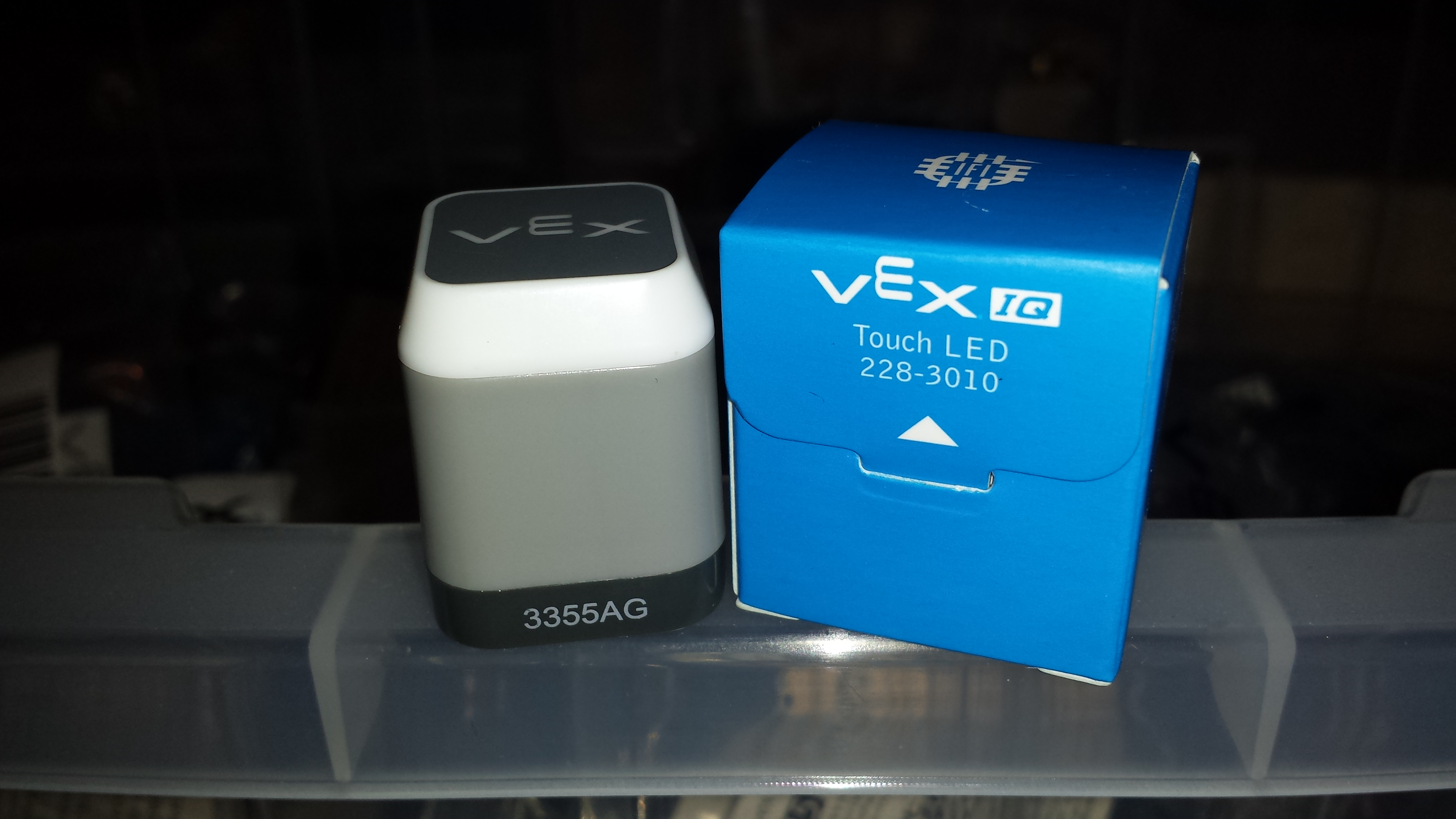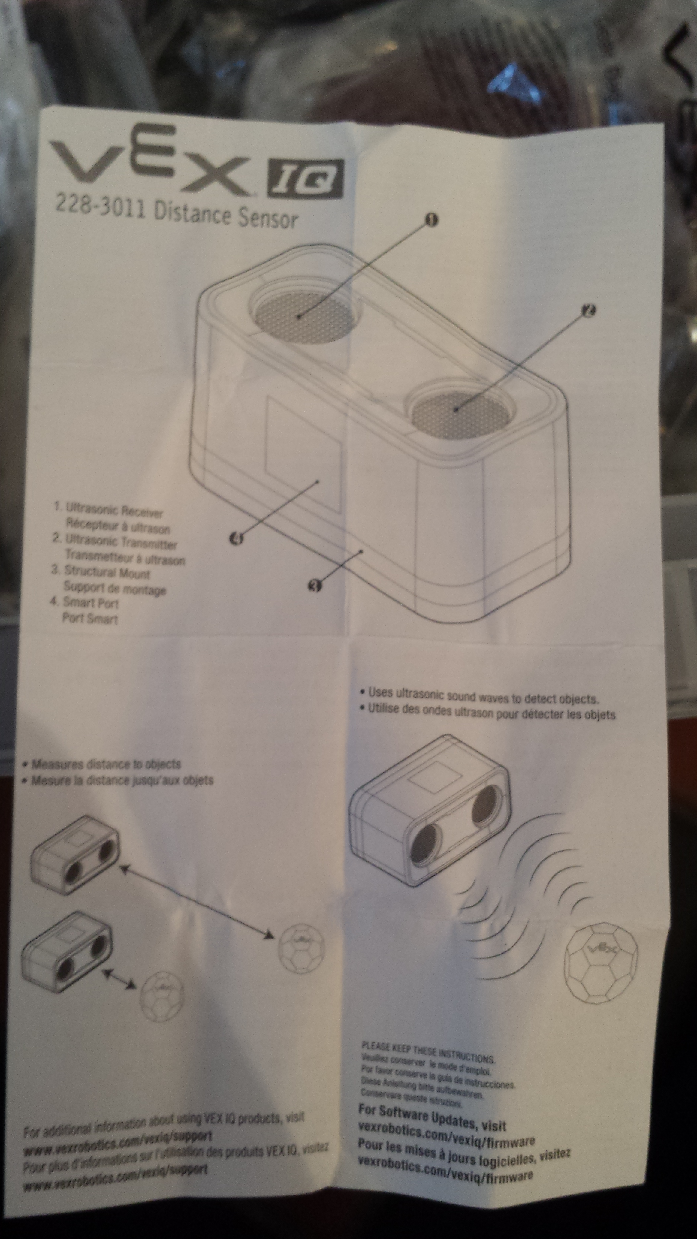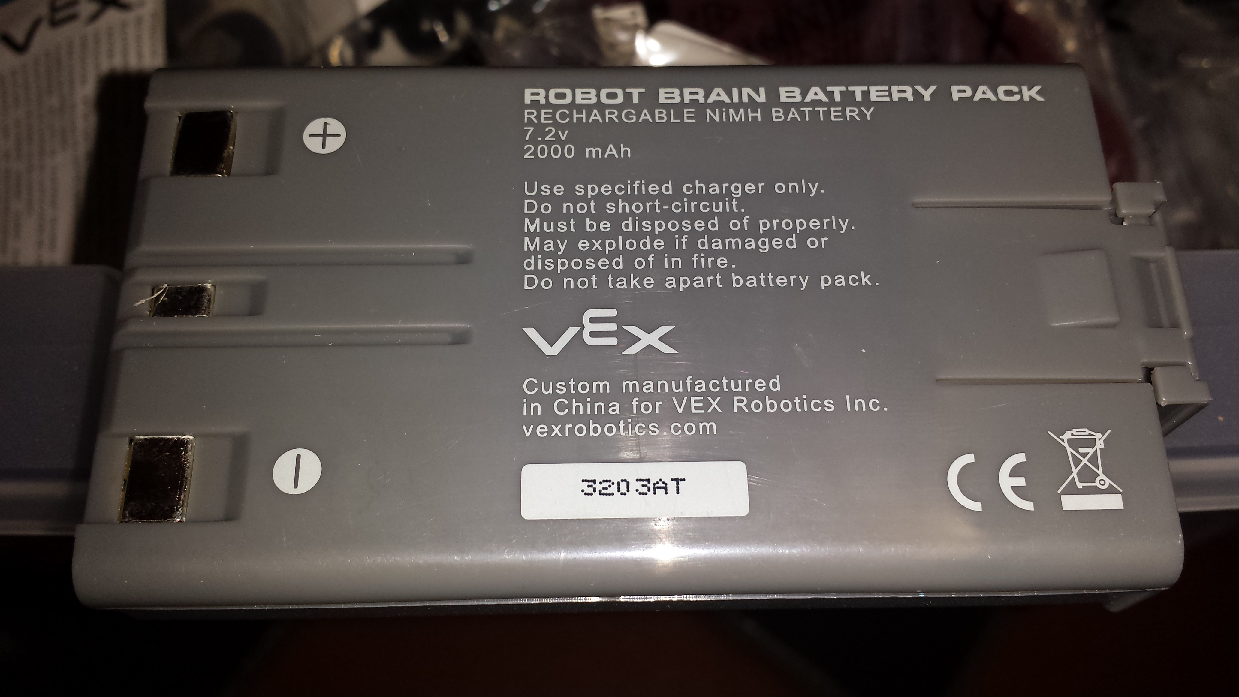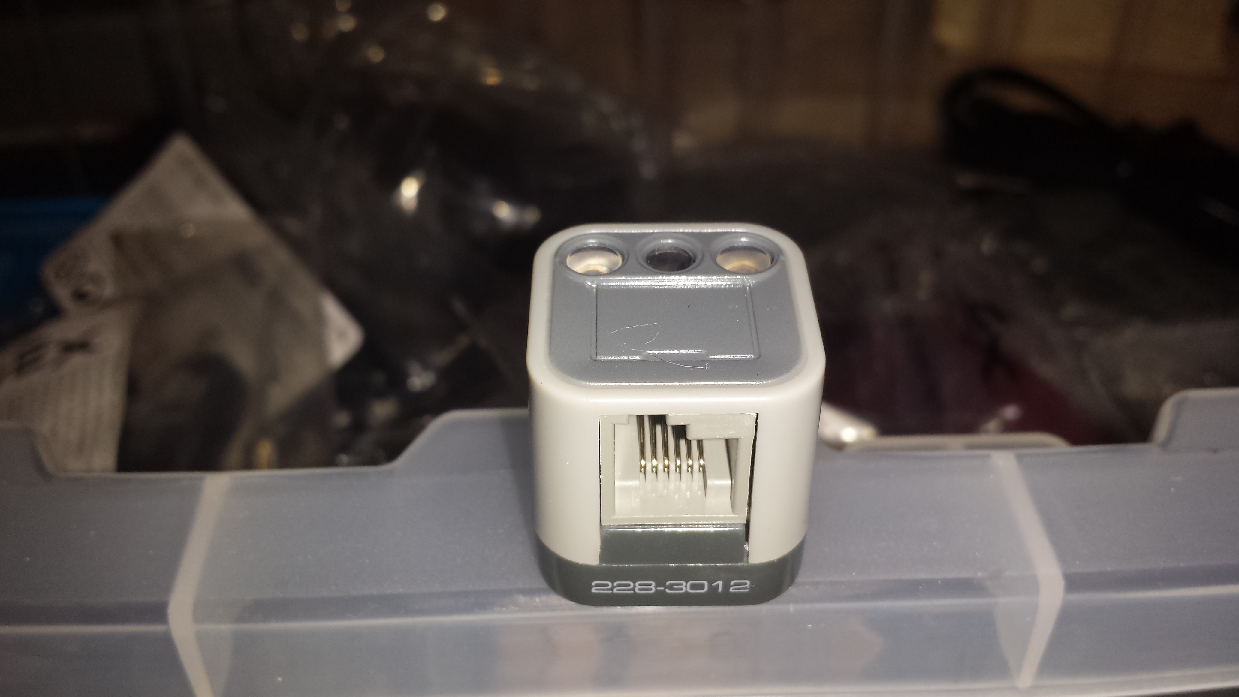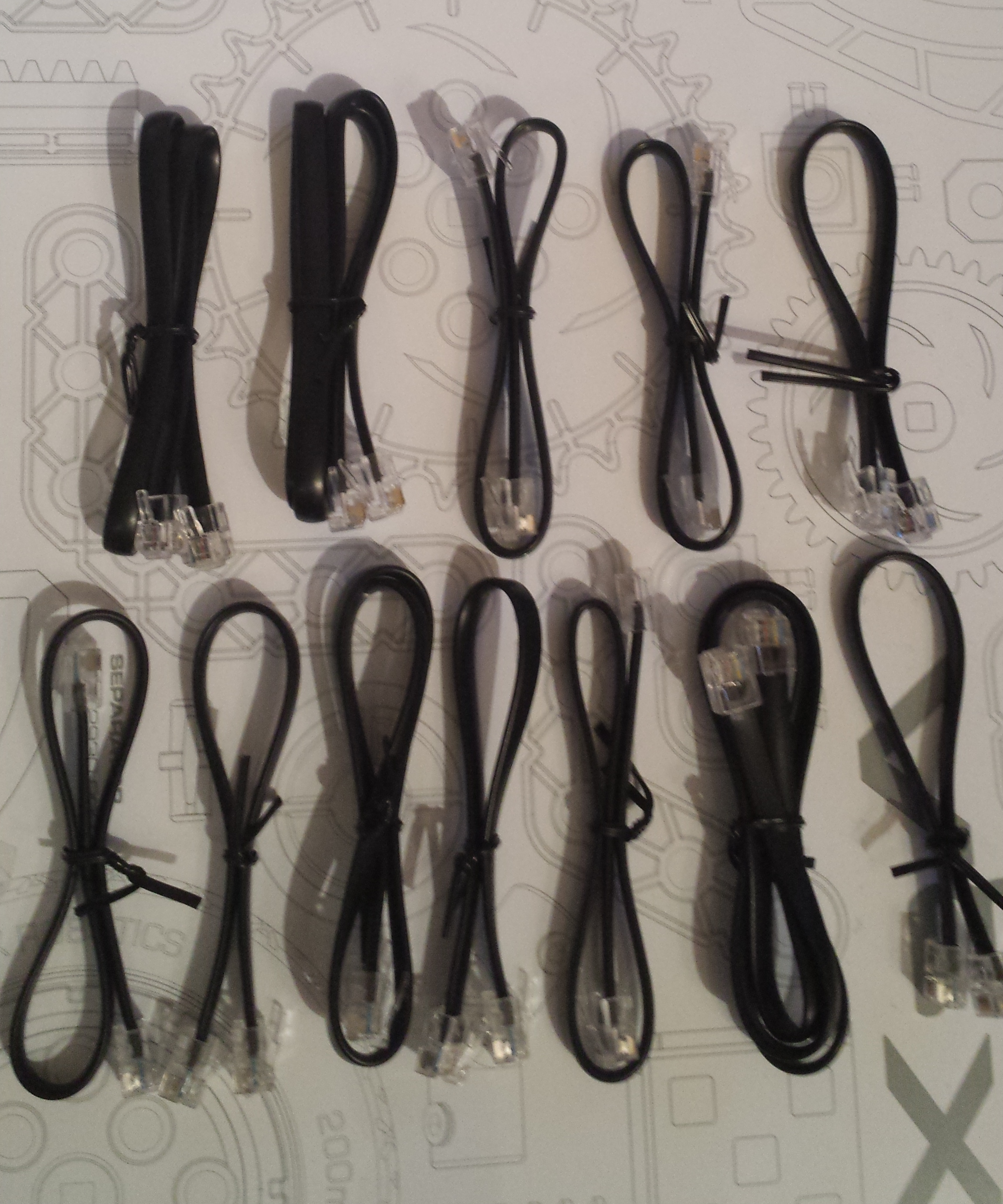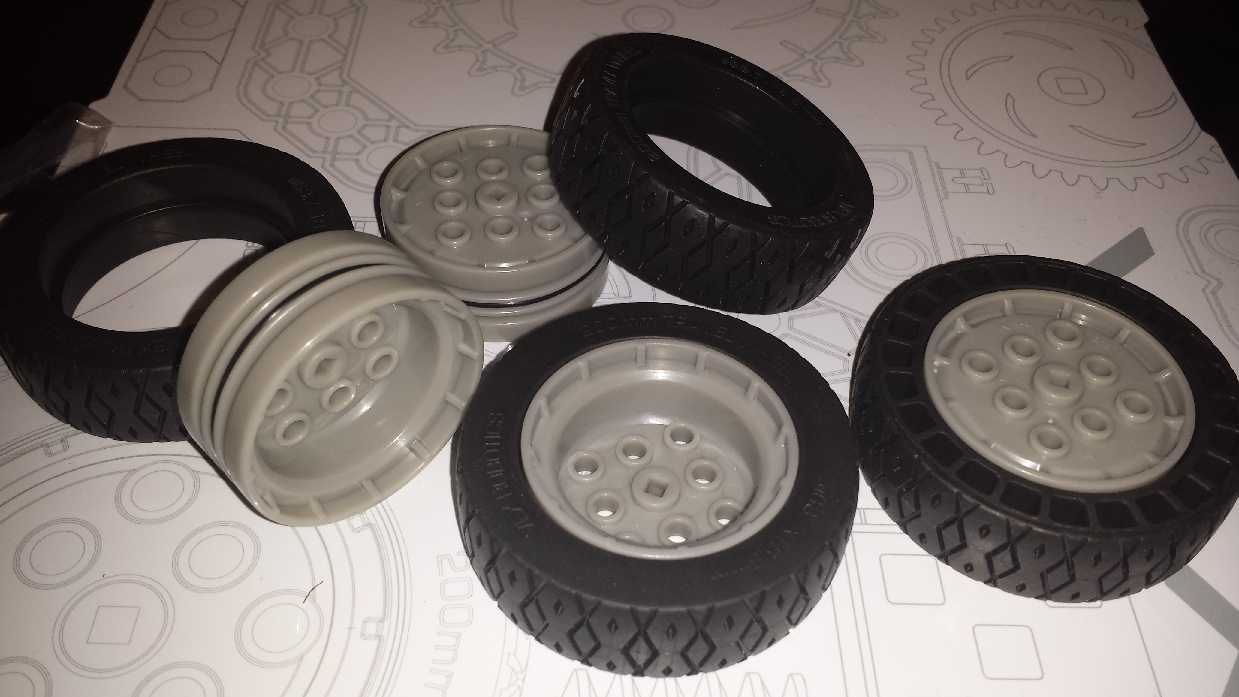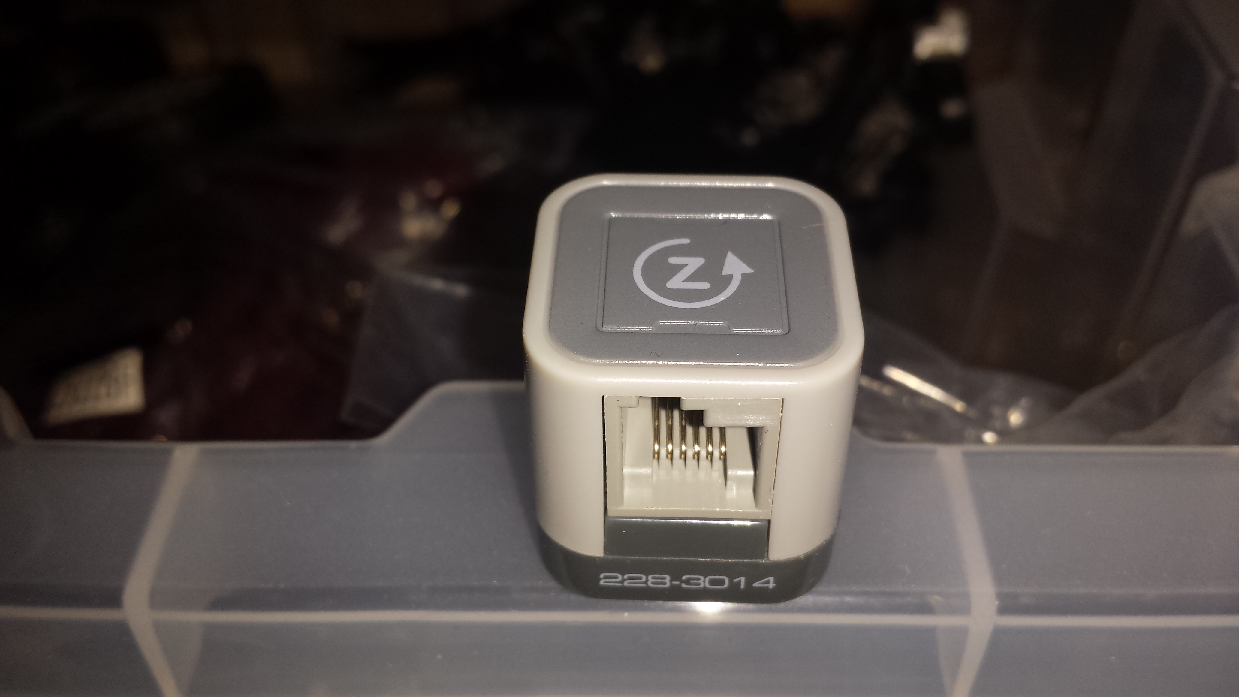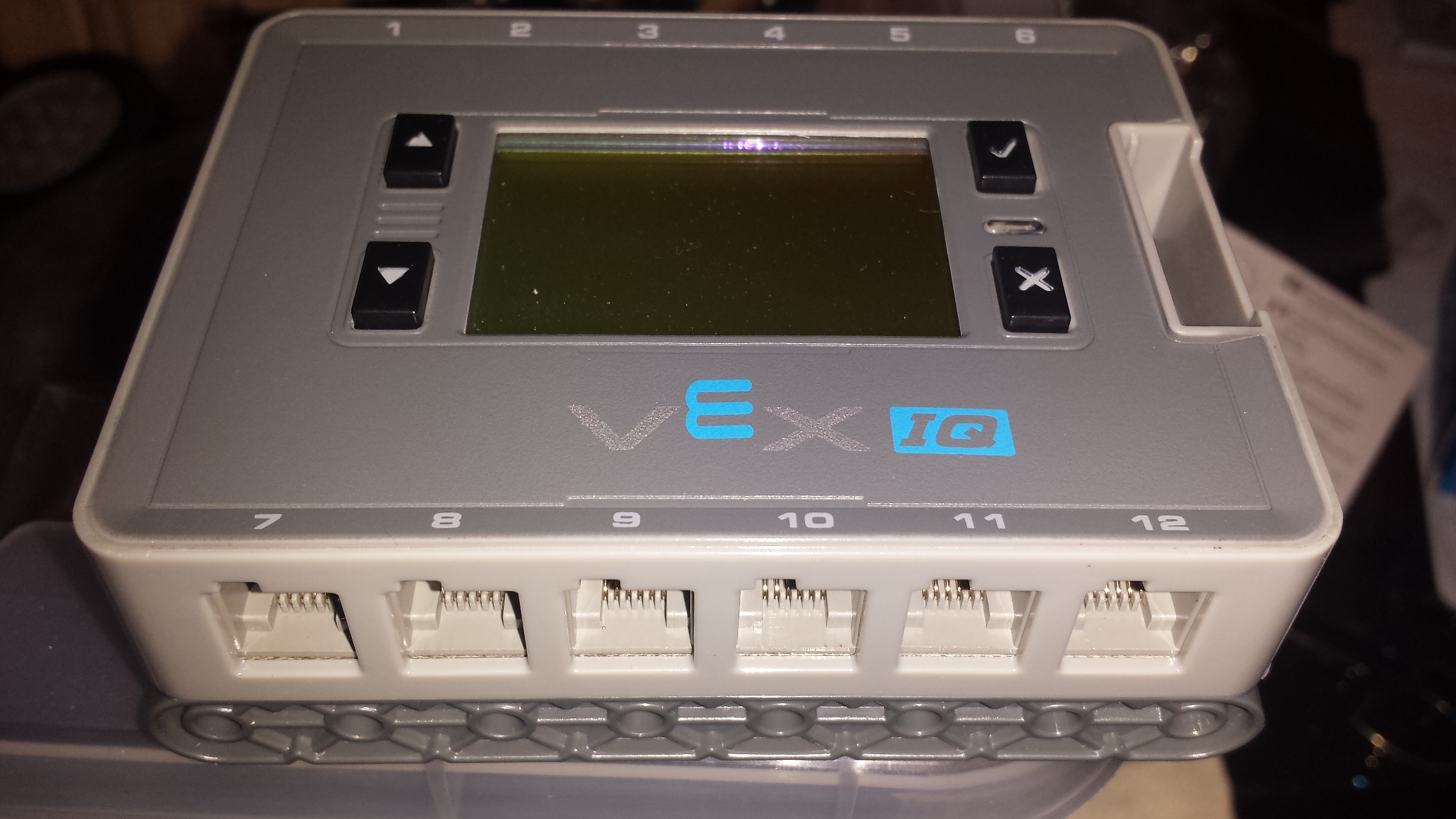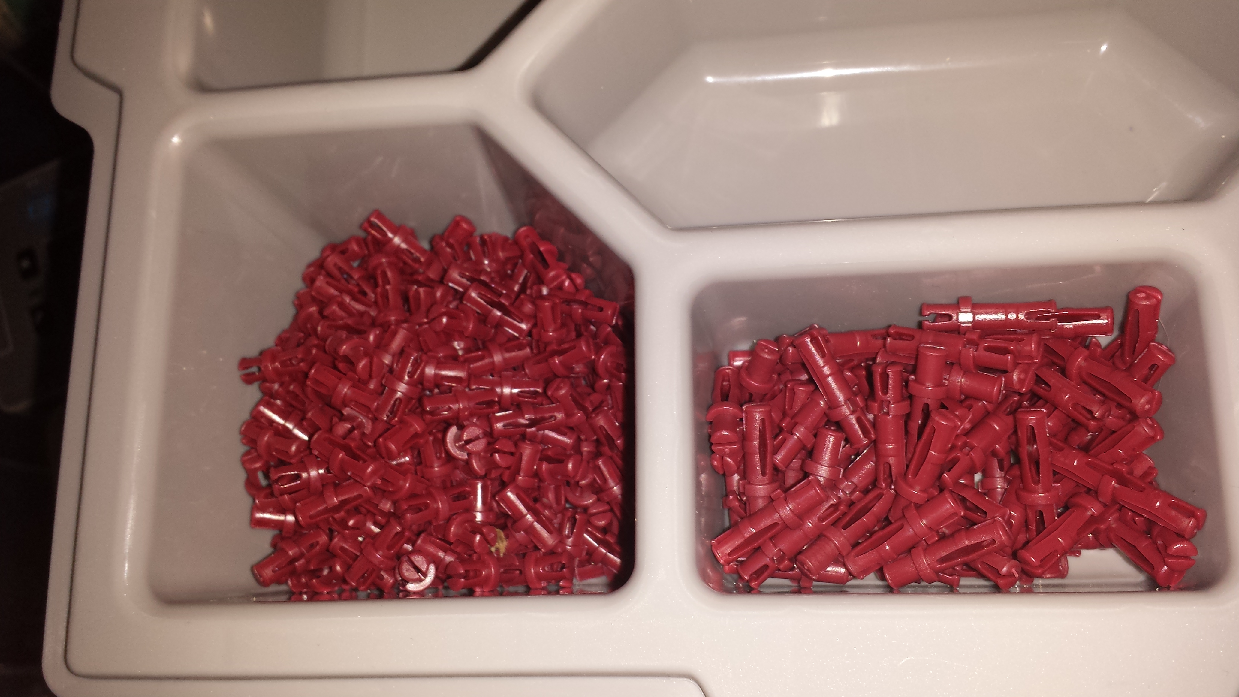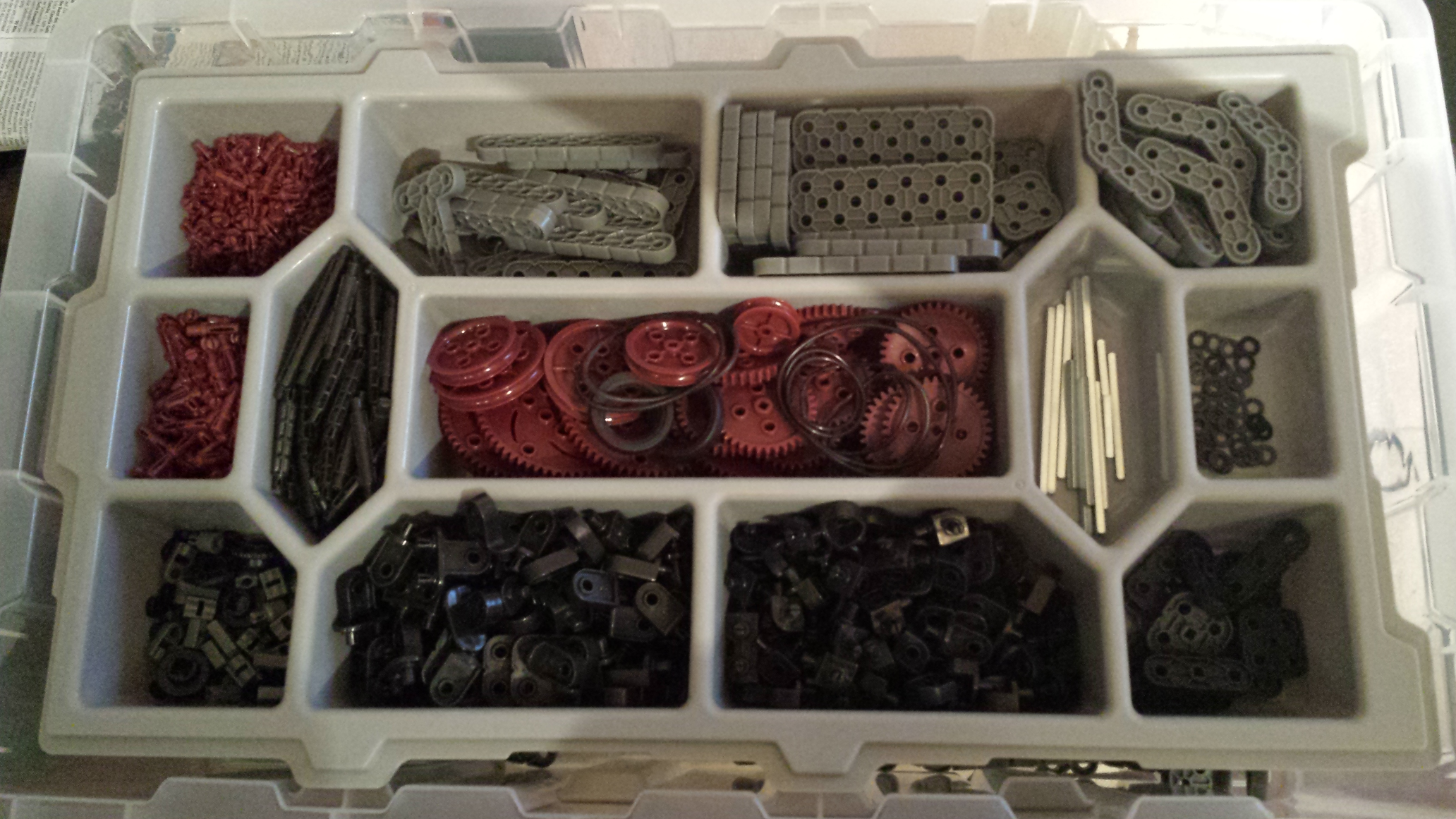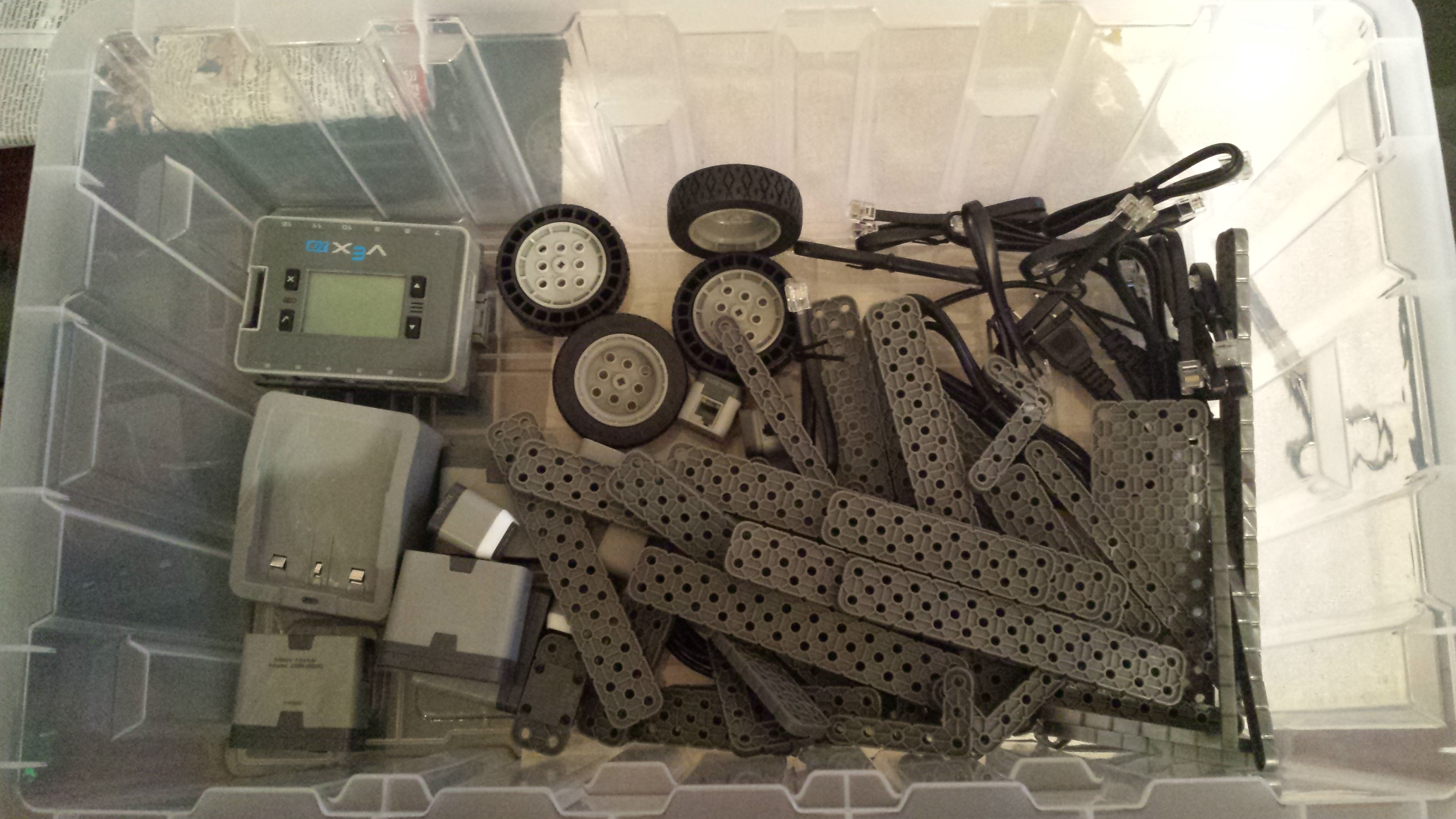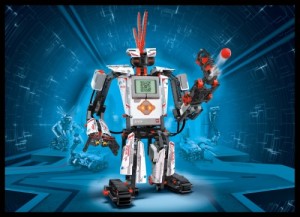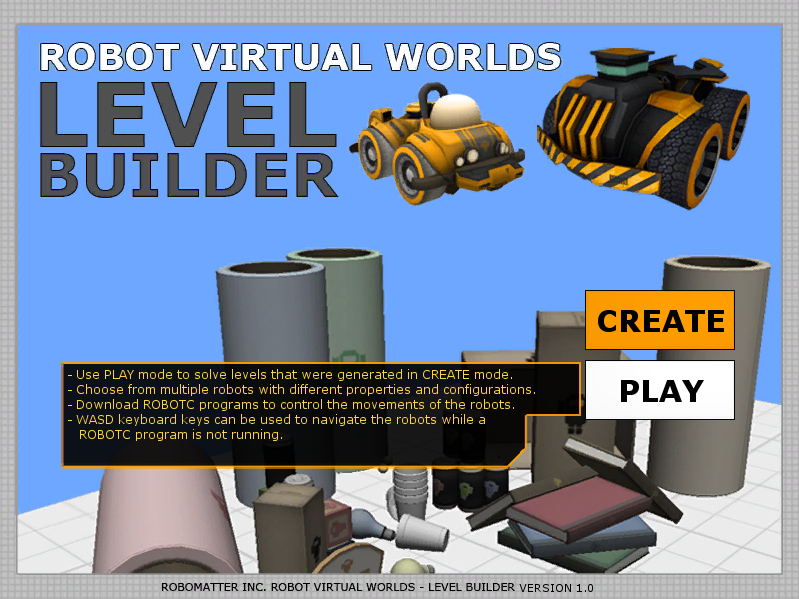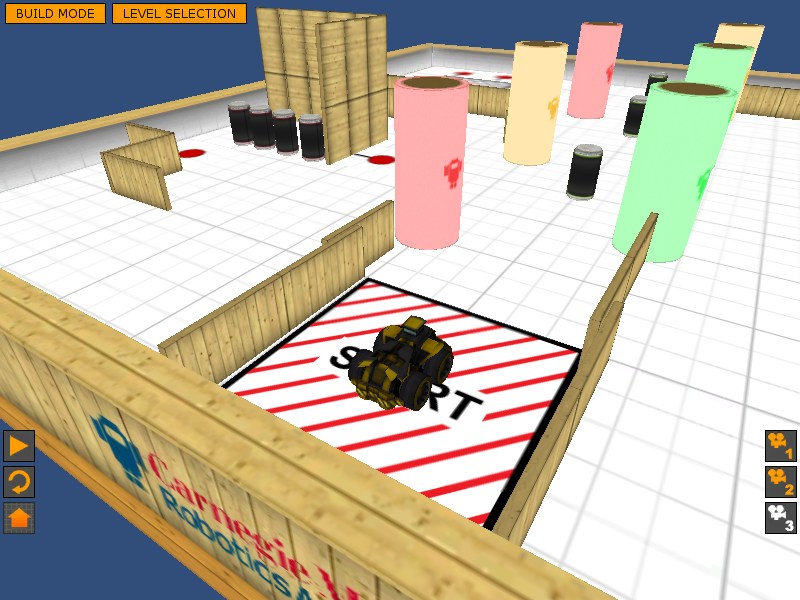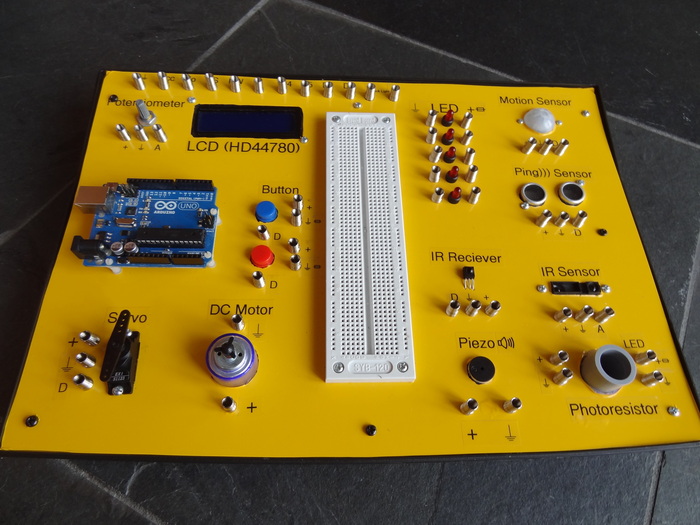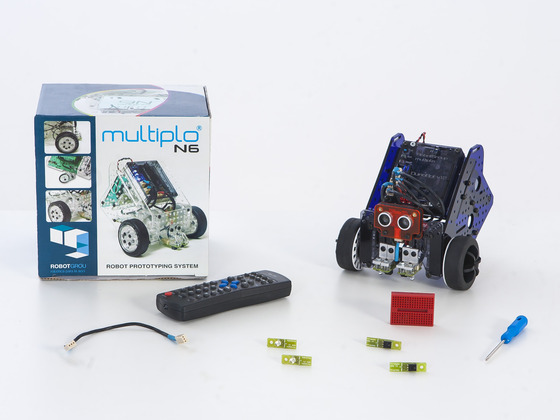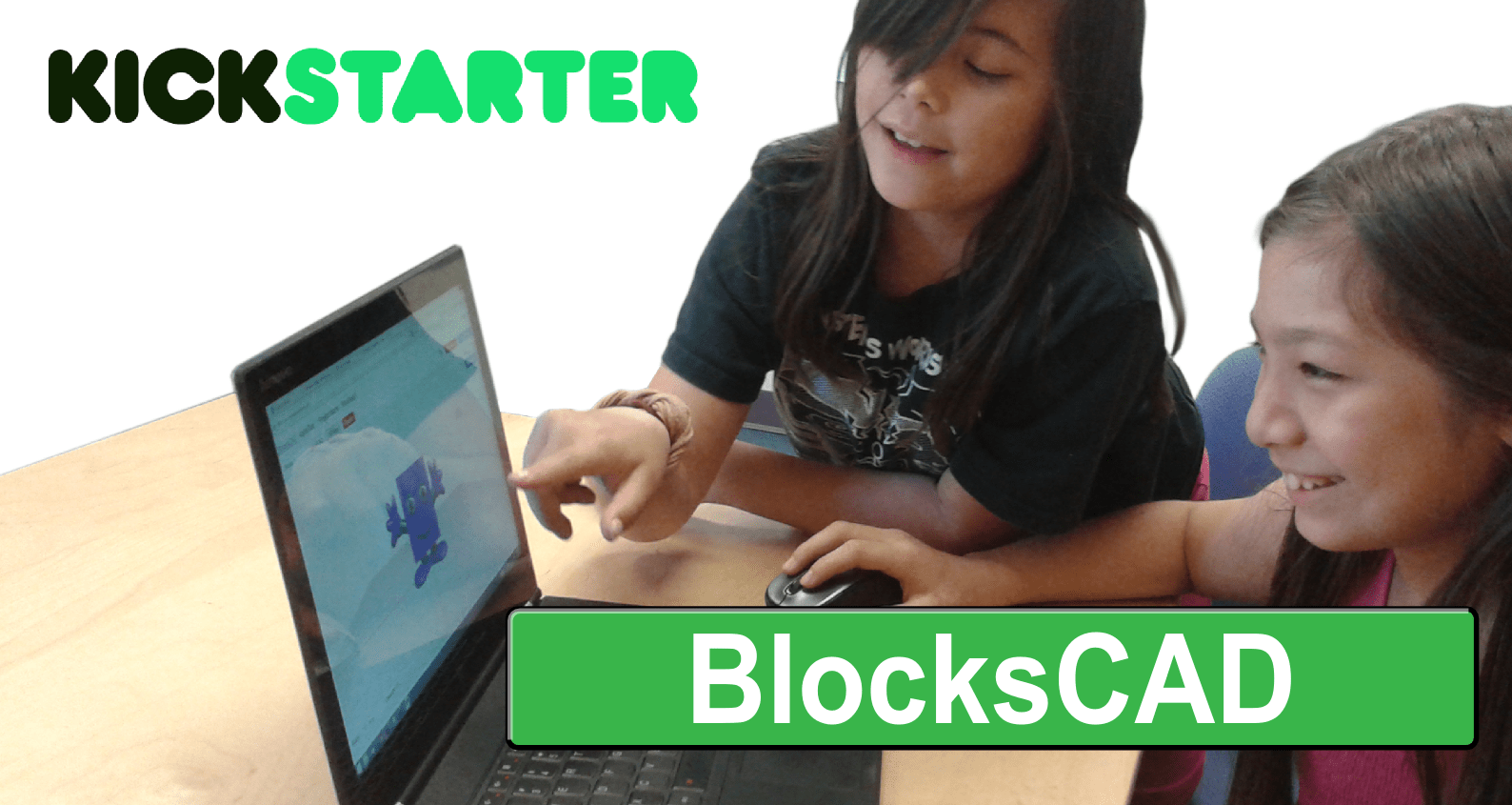
Have you ever discovered that you can’t find the exact toy your child wants? Your daughter loves robots, but she wants them to be pink. Your son wants a length of track for his race car set that doesn’t exist. Your nephew loves elephants and wants his own My Little Elephant set.
You could find someone with a 3D printer and a good grasp of CAD to design a novel toy for you.
But why do that when you can let creative children do it themselves?
BlocksCAD, a new application developed by Einstein’s Workshop, helps children as young as eight to design and create their own toys.
Einstein’s Workshop launched a Kickstarter campaign on September 6, 2014, to fund further development and release it under an open source license, free to everyone, everywhere.
BlocksCAD uses a simple drag-and-drop interface to create designs for 3D objects. It offers basic geometric shapes: cube, sphere, cylinder, cone, etc. Kids can combine these shapes to create their own unique toys. They assemble the building blocks of the object, like snapping together LEGO or assembling a jigsaw puzzle. The interface is so simple, even third-graders can use it.
Students have used BlocksCAD to create a wide range of objects, from doll furniture to Daleks, snowmen to strategy game pieces, rings to rocket ships. Annie, 10, is designing a table. She opens BlocksCAD and selects a rectangular block, thin and flat, to form the tabletop. She drags in another rectangular solid and makes it long and skinny – a table leg. Then she copies the leg three times and positions them to support the table. She saves her design and sends it off to a nearby 3D printer. Soon, the table is finished, three inches tall, just right for her dollhouse. She turns back to the computer and begins to design a chair.
Einstein’s Workshop, a STEM education startup in Burlington, MA, developed BlocksCAD to address a specific need. “We were seeing a lot of demand for 3D printing classes for younger children,” says Rebecca Rapoport, COO and co-owner of Einstein’s Workshop. “When we tried it out, we found that kids younger than fifth or sixth grade really struggled.
“On our staff, we have some talented developers who are also educators and experienced fabricators. So when we saw a need for software that’s easy for younger students to use, we did exactly what we encourage our students to do: we built it ourselves.”
“It’s a wonderful way to teach the practical side of math,” says Creative Director Katy Hamilton. “We can tell students that variables are useful, or how to describe a parabola, or we can give them real, concrete reasons to learn these concepts.”
The development team think BlocksCAD could be useful in schools and makerspaces everywhere.
“That’s one of the reasons we chose to do a Kickstarter,” says Henry Houh, president and founder of Einstein’s Workshop. “Not just to raise funds to make this application even better but also to get the word out that it’s going to be open source and freely available to the public.”
Einstein’s Workshop hopes to raise at least $42,000 by October 4, 2014. They offer a wide range of rewards to contributors, from T-shirts and 3D-printed models of the BlocksCAD mascot, The Blockhead, to a training class anywhere in the continental U.S. To support BlocksCAD, please visit the Kickstarter page at http://www.einsteinsworkshop.com/blockscad
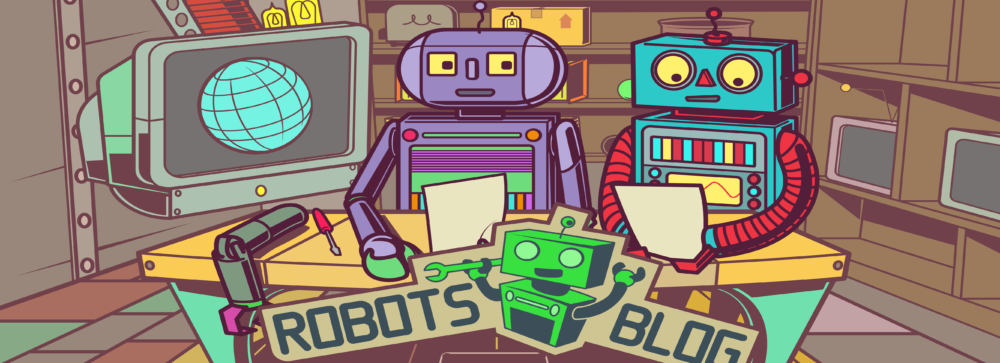

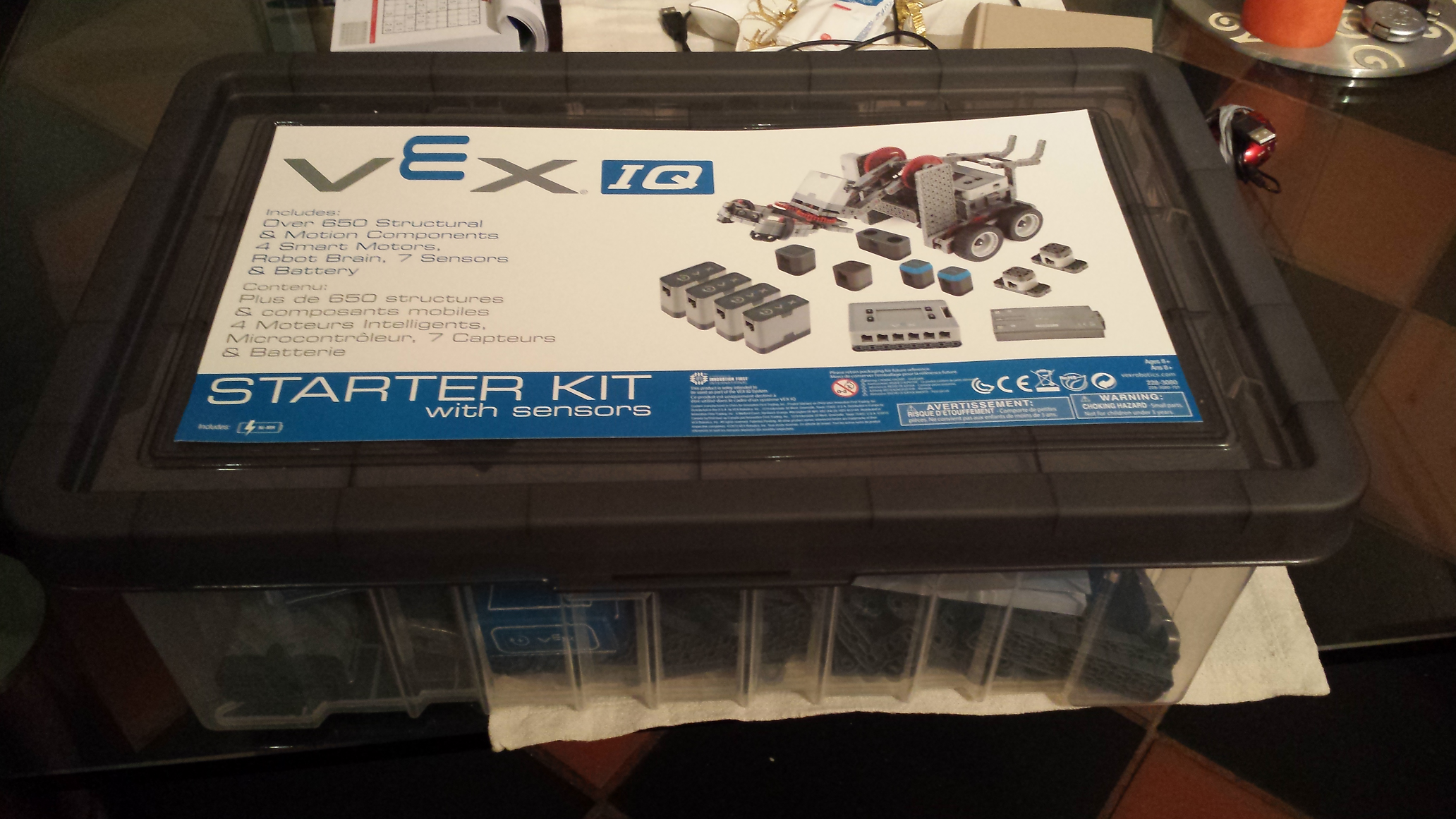 The complete box with nice sticker on it!
The complete box with nice sticker on it!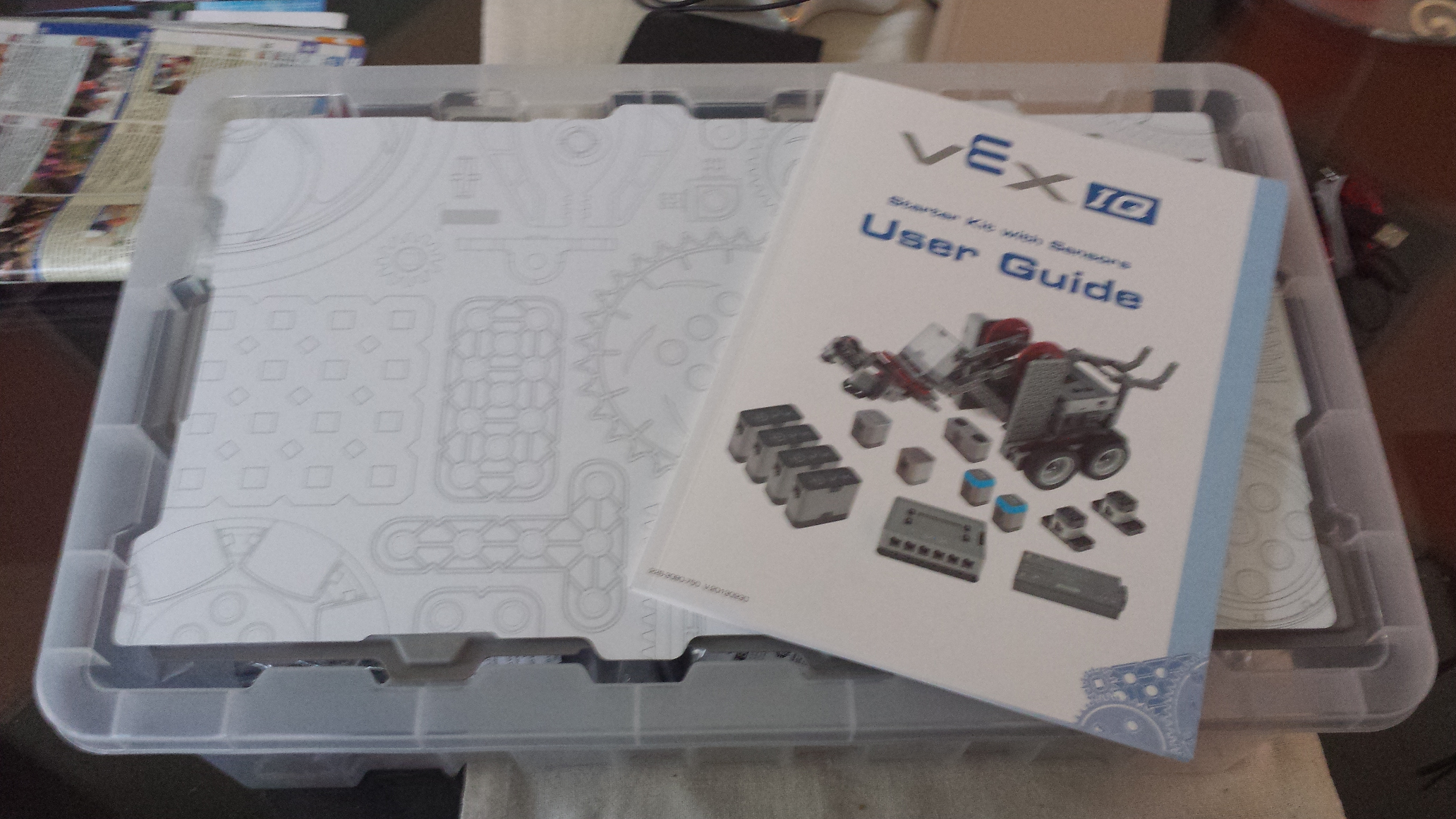 The opened box, showing manual and separator.
The opened box, showing manual and separator.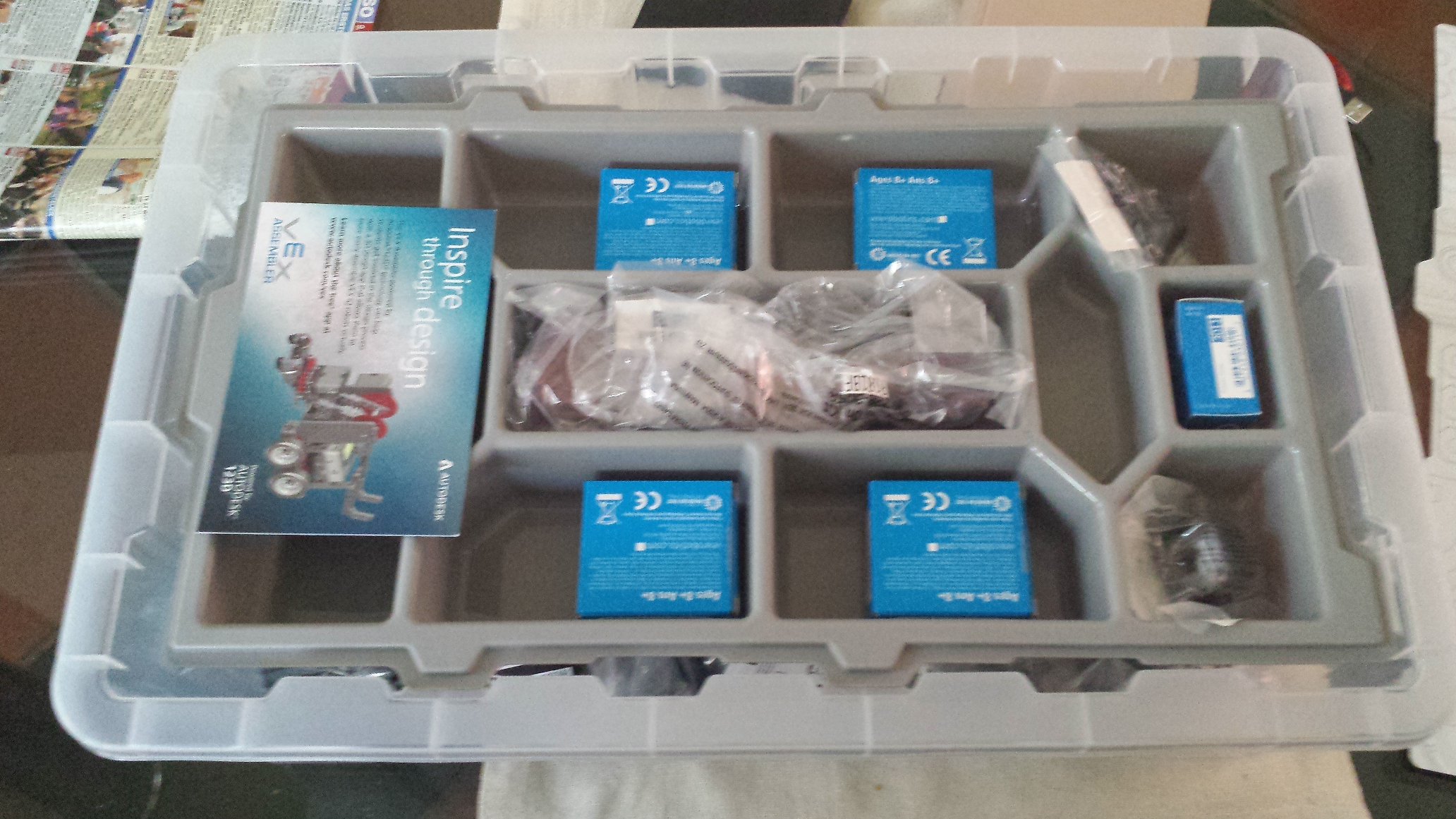
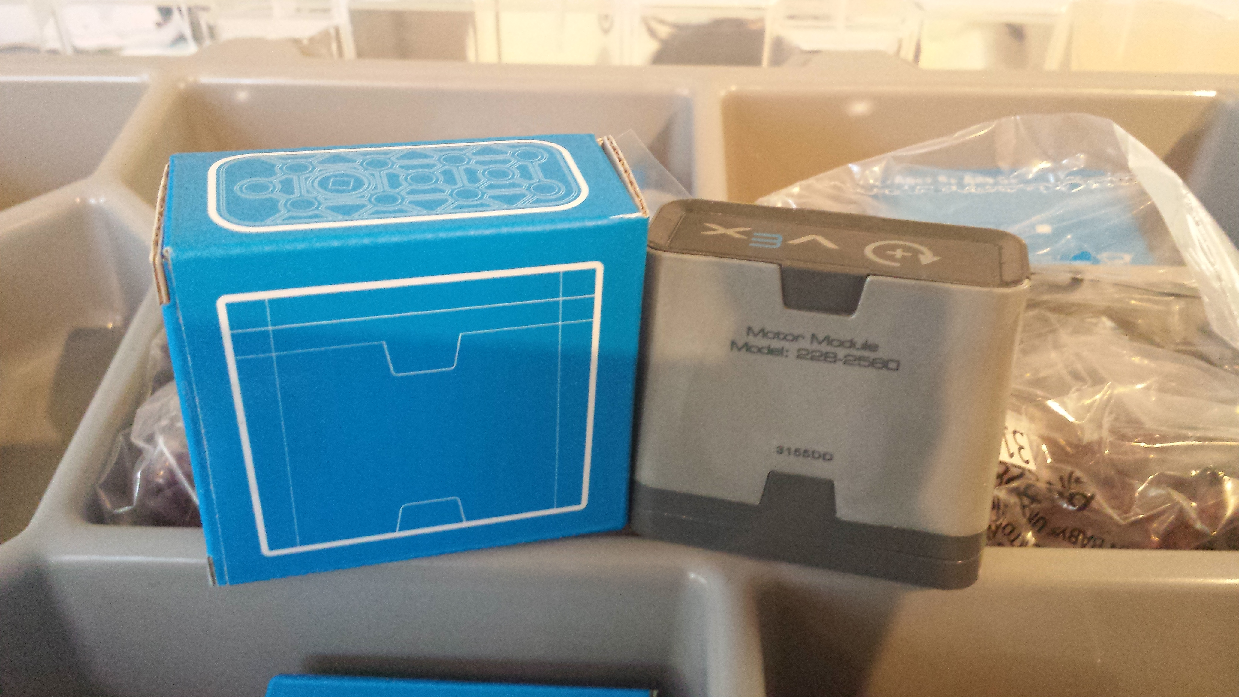
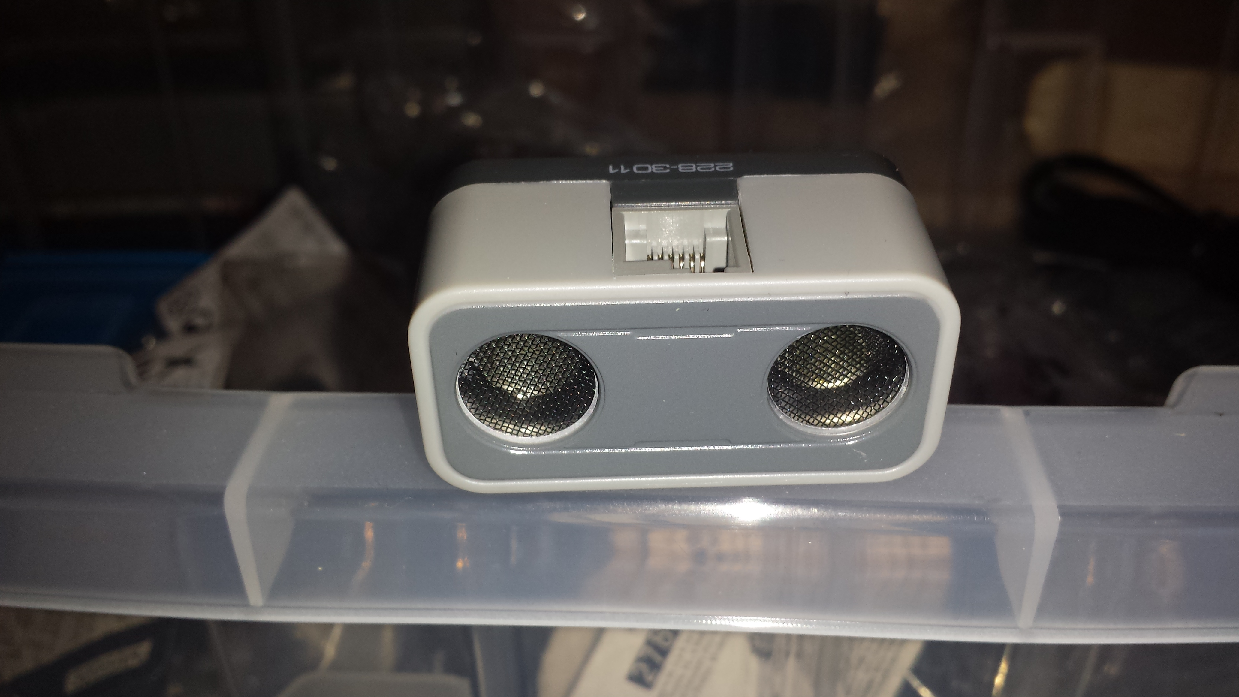 An unboxed distance sensor (ultrasonic).
An unboxed distance sensor (ultrasonic).